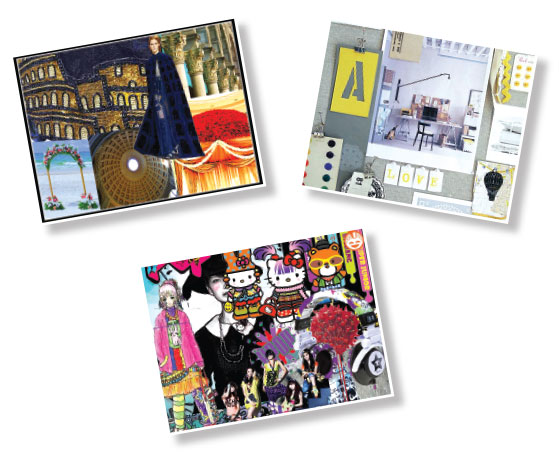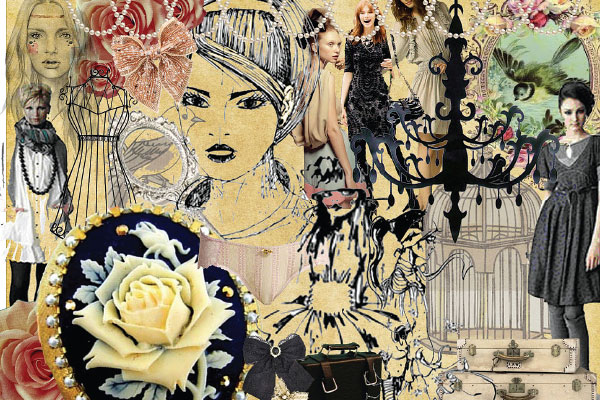Learn to collate all your ideas and inspirations onto visual boards.
Finding inspiration for your creative projects is fairly easy, thanks to the accessibility of the internet, décor magazines and TV programmes.
Organising that inspiration is the real challenge and that’s when a mood board comes in handy, to help convey the style and gist of your vision.
A mood board is a series of images tied together by a particular theme or concept, laid out as a collage to help define the direction of your ideas. In addition to photos, you can also include colour palettes, typography and textures.
Mood boards are generally used by interior, fashion or graphic designers to demonstrate to clients what they have in mind, but they are quite a nifty tool for DIY projects too.
Below are some tips on creating a visualisation board like a pro!
Look beyond the computer screen
It’s easy and way too tempting to use Google Images. But after gathering the general theme of your concept, try to find inspiration in the daily objects around you such as buildings, nature or even the colours of the sky. Take pictures when you are out and about if you see an item, look or colour you like.
Build around a large image
The arrangement of your mood board needs to give prominence to key theme images, then surround these with smaller supporting images that strengthen and complement it.
Favour the old-fashioned
Digital mood boards let you skip the hassle of cutting and pasting stuff, but pasting cutouts and using a scalpel to carve out the board is an extremely effective presentation tool. The tactile nature of cut-out images glued onto boards enhances the emotiveness of what’s being explained.
The power of words
A few isolated words are fantastic show-stoppers to express the theme. It makes the viewer pause for thought as they have to mentally read what’s in front of them. Big, bold words juxtaposed together work very well at creating drama, tone and meaning for any project.
Use online resources
Mood board tools like Pinterest, Mural, Niice, Dragdis and Style Tiles are a great way to put all the visual elements together in set templates. These are easy to use and you can churn out different boards in a short time.
Be concise
It’s easy to let your imagination run wild, but it’s best to limit the mood board to one single page if digital and one sheet if physical. Only choose pictures that really justify inclusion as the best representation of your design ideas.
Think outside the board
Don’t limit the use of your board to a mere design aid. Got a five-year plan to achieve your goals or a wish list for your birthday? Collect pictures that best represent these and pin them on board!



































